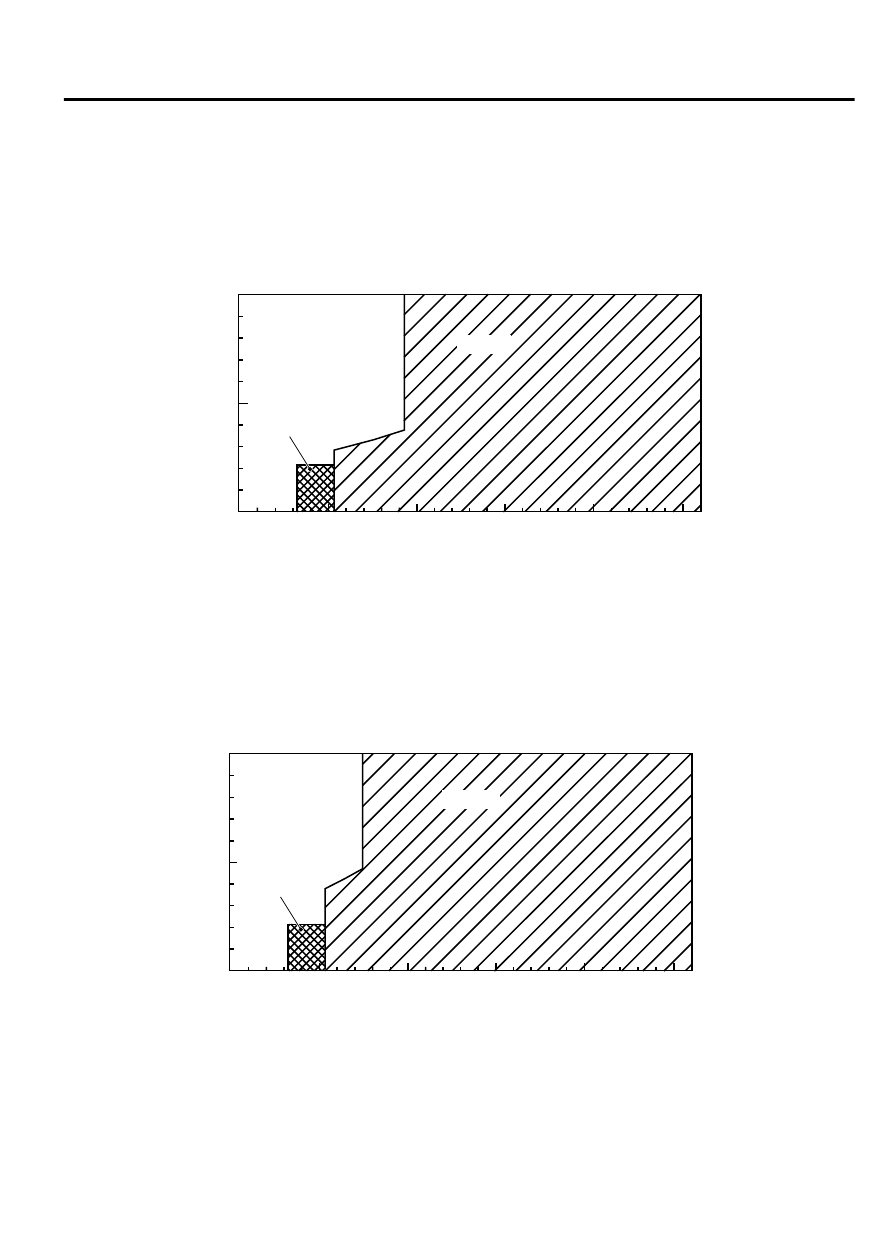Mitsubishi Outlander XL. Manual - part 474

TORQUE CONVERTER CLUTCH
CONTROL
6TH GEAR RANGE
0
50
100
0 (0)
50 (31)
100 (62)
150 (93)
200 (124)
250 (155)
ZC6045590000
Lock-up
Disengaged
Throttle
opening (%)
Vehicle speed km/h (mph)
Slip lock-up
5TH GEAR RANGE
0
50
100
0 (0)
50 (31)
100 (62)
150 (93)
200 (124)
250 (155)
ZC6045580000
Lock-up
Disengaged
Throttle
opening (%)
Vehicle speed km/h (mph)
Slip lock-up
AUTOMATIC TRANSAXLE MECHANICAL
23A-11
GENERAL INFORMATION